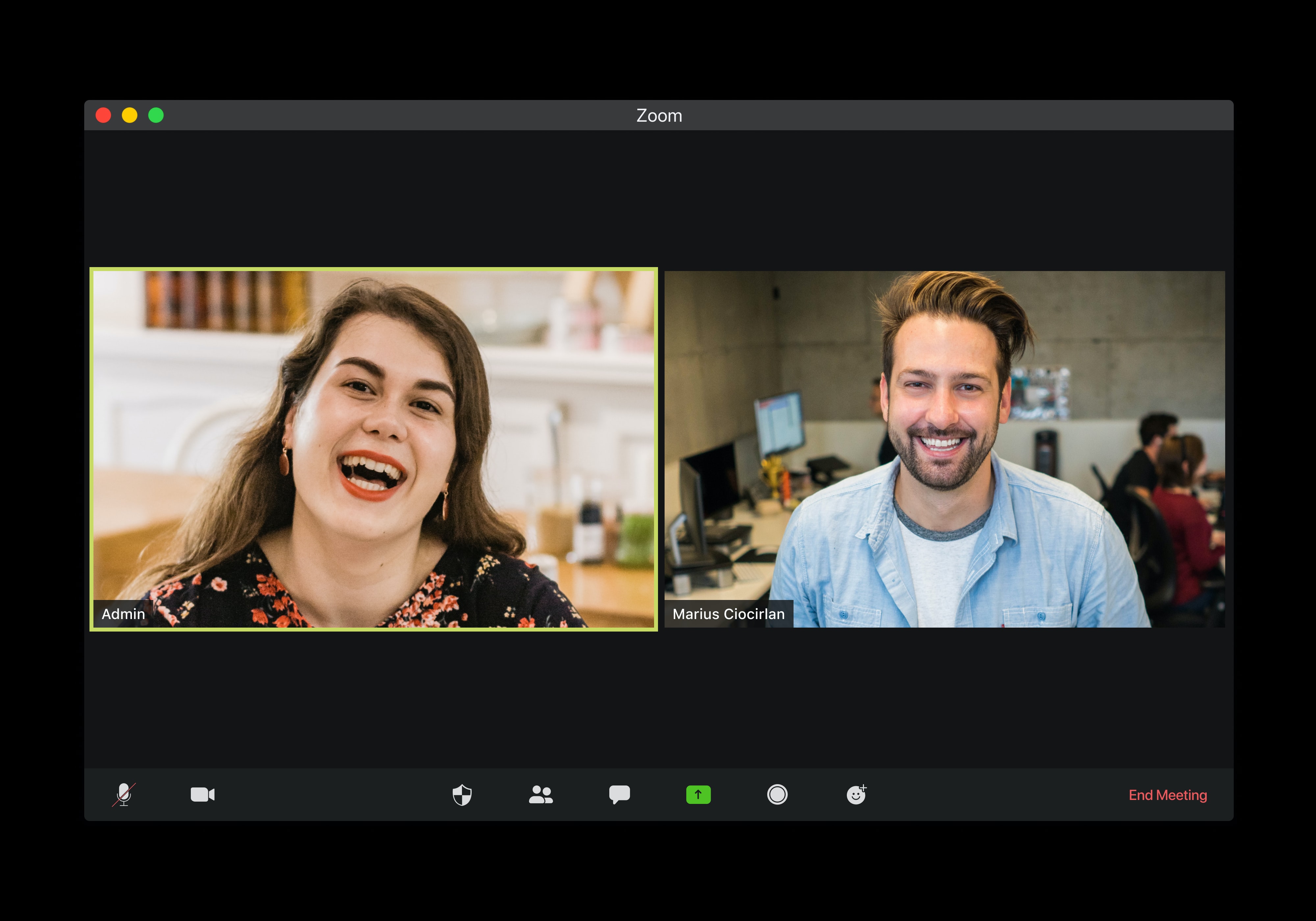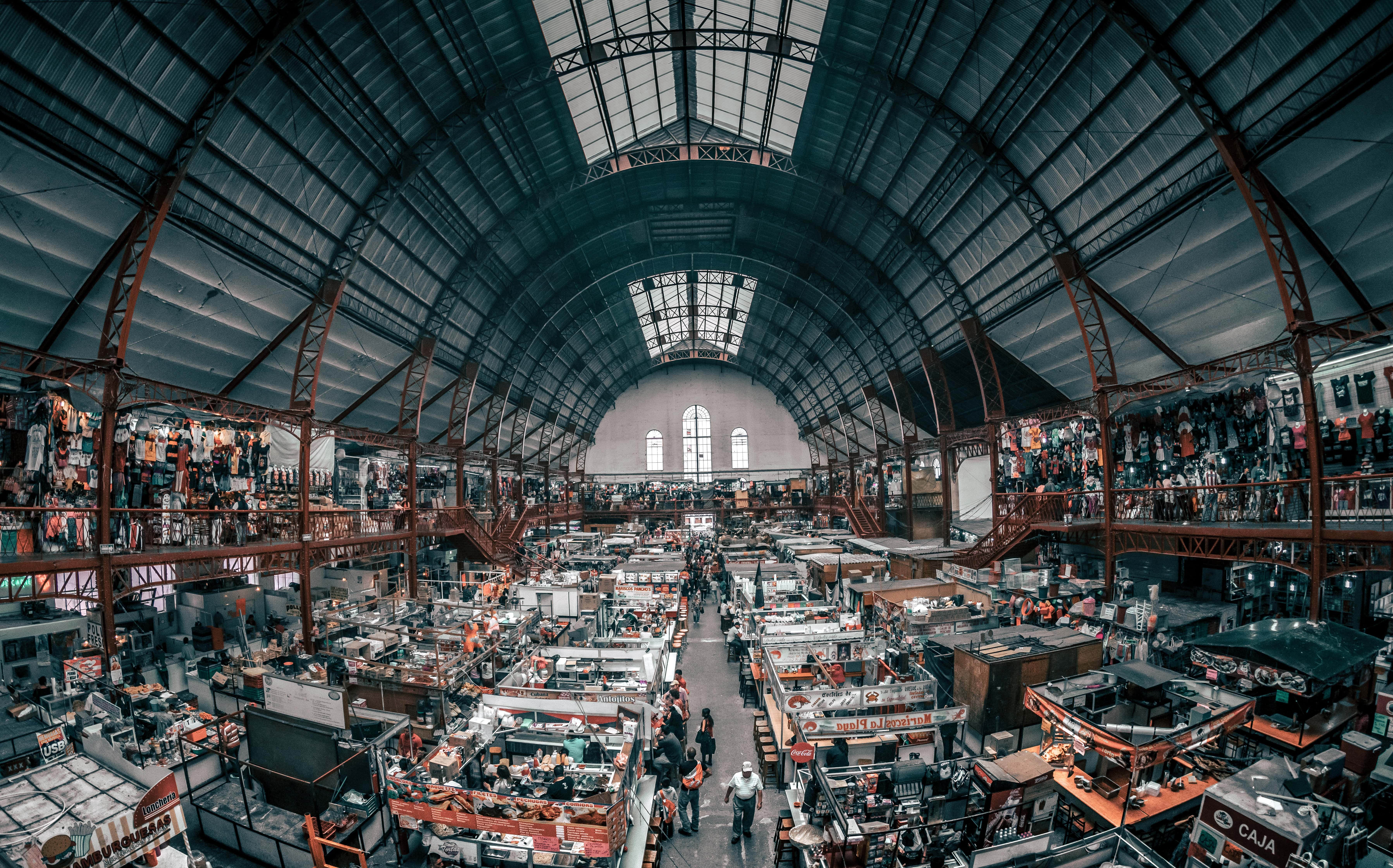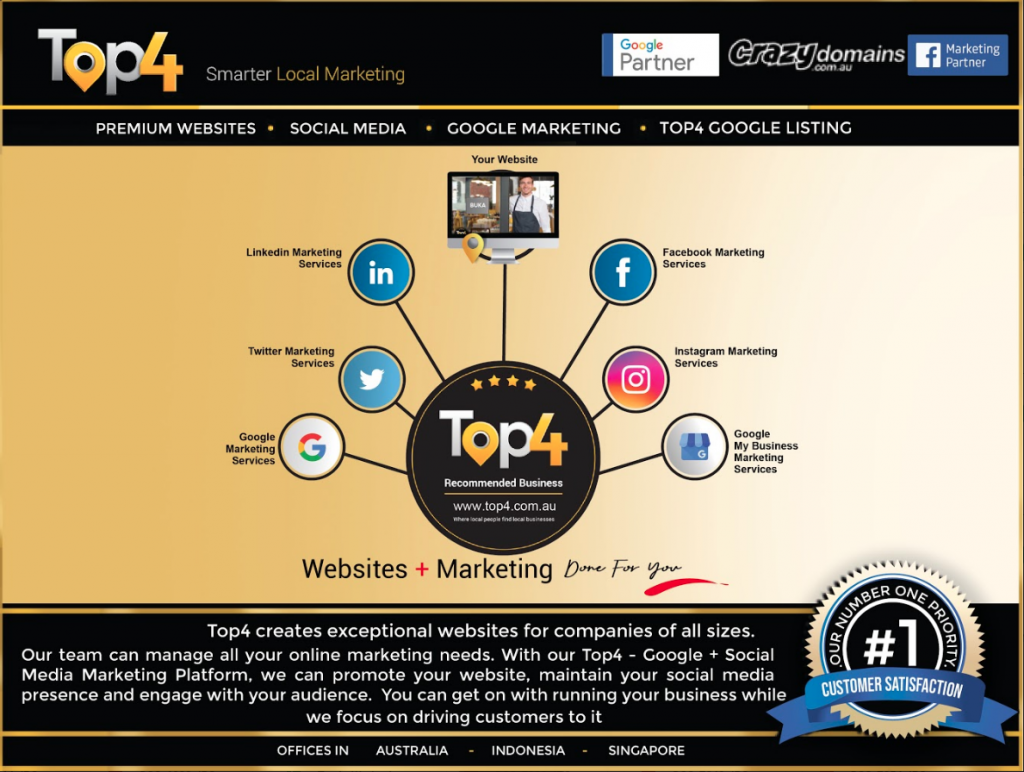We’re four weeks into the massive time-out forced on us by a coronavirus. Many of us have spent much of that time trying to get used to the radical lifestyle change the virus has brought. But we’re also beginning to think about the end of the crisis, and what the world will look like afterwards.
So it’s a good time to round up some opinions about how the pandemic might change how we think about various aspects of life and work. We asked some executives, venture capitalists, and analysts for thoughts on the specific changes they expected to see in their worlds.
Naturally, many of them tended to see the aftermath of the COVID-19 crisis in optimistic terms, at least when it comes to their own products, ideas, and causes. And at least some of them are probably right. But the general themes in their comments add up to preview of what might be ahead for tech companies and consumers once the virus is no longer the biggest news story in the world.

WORKING FROM HOME BECOMES THE NEW NORMAL
Matthew Prince, CEO of Cloudflare
The pandemic has resulted in what is effectively the largest “work from home” experiment ever conducted in human history . . . We’re seeing the effect on the internet, in terms of traffic patterns that are shifting. People are accessing more educational resources online for their kids; finding unconventional ways to connect with coworkers, friends, and family; and employers are being more flexible in how they respond to employee needs through more dynamic, cloud-based technology. I think we’ll see these shifts last well beyond the immediate fallout of the COVID-19 outbreak.
Jared Spataro, corporate vice president, Microsoft 365
This time will go down as a turning point for the way people work and learn. We have a time machine as China navigates its return back to work—and we’re not seeing usage of Microsoft Teams dip. People are carrying what they learned and experienced from remote work back to their “new normal.” We’re learning so much about sustained remote work during this time.
I travel over 200,000 miles per year for work. Now that doing board meetings, interviews, and other mission-critical meetings via video chat has been normalized, will I reduce my travel? I don’t know, but I definitely think it’s a behaviour shift that will stick. In the past, if you joined via video, you were thought of as “mailing it in.” Now it’s become an accepted form of participation. Net/net, I still think we’ll see corporate travel [come back], as nothing is better than an in-person meeting with a customer or exec hire candidate. But for routine meetings, I think we are going to see a lot more video. I also think Zoom has crossed the rubicon from “corporate” to “consumer” as everyone in my family age 5-75 now knows how to use it. That’s a game-changer.
Tim Bajarin, principal analyst at Creative Strategies
We talked to CIOs recently, and they told us that they are becoming more comfortable with at least some of their staff working from home. Two CIOs even quantified it by saying they might consider letting as much as 25% of their staff work from home. That would mean fewer people in the office, and in turn, possibly less demand for office space. I believe that this could signal the death of open space work environments. The experience with COVID-19 will for years make people more aware of working in shoulder-to-shoulder open offices where it is easy for viruses to spread.
Eva Chen, CEO at Trend Micro
The COVID-19 experience will . . . build our courage to adopt new patterns to fix antiquated processes. As a result, organizations will ditch the notion of having a big office and revert back to a small-town model of working in cluster offices with more remote work. Even more so, the company “headquarters” will be located in the cloud, shifting how we protect enterprise data in the virtual cloud and how we secure data from more diverse endpoints.
Sampriti Ganguli, CEO of the social venture firm Arabella Advisors
We are . . . all becoming “BBC Man,” meaning our kids and dogs routinely rush our meetings. We’ve probably crossed the chasm between what is acceptable in the office and what is acceptable at home, and in many ways, these more intimate moments allow us to have deeper and more meaningful connections as humans. I don’t think we’re going back to a world of working mostly from offices anytime soon, and as such, there are new business norms that work for home and work.
Steve Case, co-founder AOL, CEO and chairman of Revolution
[We] believe the COVID-19 pandemic will encourage people—entrepreneurs, investors, and employees—to consider opportunities outside of the coastal tech hubs. People who have been considering a move, to tap into the sector expertise (healthcare, food and agriculture, etc.) that exists in many parts of the country, or for a lifestyle change, or to be near family and friends, may choose this moment to relocate, accelerating a talent boomerang, and helping emerging startup cities rise. On top of that, the increased willingness to accept remote working as a viable arrangement following this prolonged work-from-home period will further propel this trend.
Vivek Ravisankar, CEO and co-founder of programming-challenge platform HackerRank
Remote hiring of technical talent will become the norm, accelerated by the normalization of remote work. This is a win-win for the economy and the talent pool, as it allows companies to fill positions quickly with qualified talent and opens up high-paying tech positions to developers everywhere. We were already seeing the shift toward prioritizing skills over pedigree in hiring. That will now evolve to skills over geography, making our tech talent pool more diverse, and our businesses and economy stronger.
AJ Shankar, CEO and co-founder of Everlaw
In the modern work environment, real-time communication mediums like chat allow for a certain blurring of the line between personal life and work life, an “always-on” mentality. But now, in a COVID world, that line has never been more blurred: There is no physical separation at all. So I predict that expectations around availability will change—for the better. For employee-friendly companies, evening hours will ultimately revert to family or personal time, as they should. This won’t happen automatically; a change in mindset and process is required.

THE DIGITAL MIGRATION ACCELERATES
Stan Chudnovsky, VP of Messenger, Facebook
It’s becoming more clear every day that the way people are using technology to spend quality time with loved ones, engage with businesses, and perform their jobs is fundamentally shifting to a new normal. Loved ones who hadn’t seen each other in years are now seeing each other daily, people are getting creative with virtual happy hours and keeping up with their formerly “physical” lives with shared workouts and virtual birthday parties on products like Messenger. Of course, there will be some tough consequences when we come out the other side of this, but I believe the growing acceptance of technology to help us feel connected will have lasting benefits.
Michael Hendrix, partner and global design director, Ideo
Right now, the virus seems like an accelerator for digital change that was already underway . . . the surprise has been to see the resistance to this digital change suddenly evaporate. What organizations resisted for a decade is now core to survival and innovation. It is exciting, because this digital mindset will persist, and it is highly unlikely companies will try to return to what worked prior to the pandemic.
The pandemic has forced the government to intervene in the economy in ways that are completely unprecedented. The Faustian bargain of money printing and debt accumulation will cause people to reevaluate fiat currency regimes altogether. At some point, people will start to question the value of the dollars they hold and what will happen when the inevitable day of debt reckoning arrives.Alex Farr, founder and CEO of voice tech company Zammo
Using video conferencing is not only going to become a more common part of life due to this pandemic—the way it shows up through our tech devices will multiply. At work and at home, we’ll ask voice assistants to call our client, our boss, our mom, our friends, and on command, Alexa, Google Assistant, Siri, etc., will take us right to those live video conversations.Will Cathcart, head of WhatsApp
As people have been forced physically apart we’ve seen them make far more video calls on WhatsApp than ever before. These are intimate and private conversations that people expect no one else should see–no different than if you were talking in person. Not criminals, not hackers, not even a company. I believe that our shared experience of being physically isolated from one another will cause us to appreciate and value the privacy and security that comes with end-to-end encryption even more than we did before.

EDUCATION GOES VIRTUAL
Simon Allen, CEO of McGraw-Hill
The change we are seeing right now in education is not something that is likely to revert back to “normal” in the fall. Although teachers will always be integral to the education process, there will need to be continued flexibility and agility when it comes to things like the delivery of content, testing, and grading. I expect that we will see an increase in blended learning environments that include learning in both the physical classroom setting and online.
Adam Enbar, CEO of Flatiron School
Right now, educators are relying on Zoom and Slack to teach and engage with students. We’re realizing it’s falling short in replicating the classroom experience, but the truth is that it was never meant to be a substitute. In fact, no ed-tech tool or platform can or should replicate the in-person classroom; tech’s role is to create new experiences altogether. Nothing spurs innovation like people experiencing problems. When things are back to normal, Zoom and Slack usage will go down—and that’s okay. Instead, we’ll see a boom in technology that is built by entrepreneurs looking to create entirely new experiences custom to the remote education or work experience.
Sal Khan, founder and CEO of educational nonprofit Khan Academy
The need for online access and devices in every home is now so dire that it may finally mobilize society to treat internet connectivity as a must-have rather than a nice-to-have. We’re already seeing governments, school districts, philanthropists, and corporations step up to close the digital divide. If this continues to happen, we could get to a state of nearly universal online access at home.

HEALTHCARE CONFRONTS SOME OLD PROBLEMS
Dr. Claire Novorol, cofounder and chief medical officer, Ada Health
The adoption of digital health tools—from assessment services to telemedicine—has rapidly accelerated, with healthcare organizations across the world looking to digital solutions to support their efforts against the pandemic, and health tech companies keen to rise to the occasion in support of healthcare payers, providers and patients alike. It’s clear that we are witnessing a step-change in the adoption of digital health solutions, and that this has long-term potential. The healthcare industry will be greatly affected by the coronavirus pandemic, and we can expect digital health technologies to form an essential part of the way forward.
Pat Combes, worldwide technical leader, healthcare and life sciences at AWS
The biggest barrier to ensuring doctors have the most complete medical history on any patient, at every point of their care, is the lack of interoperability among systems, preventing data and electronic health records from following a patient throughout their care journey. Bringing this information together is a manual and time-consuming process. But, this is one of those pivotal moments in time when we have an opportunity to identify and work to fix the underlying problems that plague our system, with so many researchers, health systems, governments, and enterprises pooling efforts and data to better understand and combat COVID-19.
Beth Seidenberg, MD, founding managing partner at Westlake Village Biopartners
Diversified outsourcing with multiple vendors in multiple locations to make sure that there is business continuity will be here to stay. [We’ll see] banking of human tissue and blood samples to have a stockpile in case of future disruptions to the supply chain (such as Human T cells).
Ara Katz, co-founder and co-CEO, Seed Health
At a time when misinformation is especially rampant, and in many recent cases, dangerous, it is imperative that those working in science collectively steward and uphold a standard for how information is translated and shared to the public. COVID-19 is a reminder of how science informs decisions, shapes policy, and can save lives. The antidote to this current infodemic may be as important to our collective future as a vaccine.
Harry Ritter, founder and CEO of wellness professional community Alma
There will be a monumental shift in attitudes toward mental health. [S]ociety, having experienced this collective trauma and grief, will develop new levels of empathy and a willingness to talk about mental healthcare as an essential part of healthcare in ways we have not seen before. Employers are already seeing how emotional well-being is factoring into their workforce’s ability to perform under stress. Ideally, they will come out of this better able to recognize their obligation to prioritize mental healthcare as an employee benefit.
Peter Chapman, CEO and president, quantum-computing company IonQ
Within the next 12 to 18 months, we’re expecting quantum computers to start to routinely solve problems that supercomputers and cloud computing cannot. When humanity faces the next pandemic, I’m hopeful that a quantum computer will be able to model the virus, its interactions within the human body that will drive possible solutions, and limit the future economic damage and human suffering.

VENTURE CAPITAL HUNKERS DOWN
David Barrett, CEO and founder of Expensify
The COVID-19 crisis has swiftly exposed the fragile underbellies of many companies, especially those in tech that have been propped up by huge funding rounds and strategies that require massive monthly burn rates. They’re now teetering on the edge of collapse, with most facing layoffs across the board and some searching for buyers as the last resort. On the other hand, profitable companies . . . are simply tightening their belts and carrying on with business (mostly) as usual. Going forward, investors’ mindsets and qualifications about what constitutes a truly “valuable” company will change. Rather than focusing on the quantitative aspects like funding rounds and revenue, investors will place a greater emphasis on the qualitative aspects, such as an organization’s structure, team, culture, flexibility, and profitability.
COVID-19 has put a sudden halt on fast money and “FOMO” investing, forcing the VC industry to slow down, resist the inclination to follow the herd, and refocus on more robust due diligence and analysis. Thesis-driven investors will be able to take the time to spend a month or two (or three) to really get to know the team, understand the business model, capital structure, and the market before closing a deal.
TRANSPORTATION REBOUNDS, AND EVOLVES
Michael Masserman, global head of policy and social impact, Lyft
As we look to the reopening of cities, people will be looking for affordable, reliable ways to stay socially distant while commuting, including turning to transportation options such as rideshare, bike share, and scooters. There will also be an opportunity for local governments, as well as key advocates and stakeholders, to consider reshaping our cities to be built around people and not cars.
Avi Meir, cofounder and CEO, TravelPerk
Countries and regions will emerge from lockdown at different paces, leading to “corridors of travel” between destinations opening back up one by one. We’re already beginning to see early signs of a modest pickup in travel again in Asia Pacific, as the local pressure of the virus lessens. When travel does begin to resume, domestic travel will be first. For most countries, that means taking a train, not least because they’re less crowded.

MANUFACTURING GETS A WAKE-UP CALL
Ed Barriball, partner in McKinsey’s Manufacturing and Supply Chain Practice
In the short term, companies are concerned about the shortages of critical goods across the supply chain, and some are looking for alternative sources closer to home. In the long term, once we emerge from the current crisis, we expect businesses and governments to focus on better quantifying the risks faced and incorporating potential losses into business cases. These businesses will model the size and impact of various shock scenarios to determine actions they should take to rebuild their supply chains and simultaneously build resilience for the future. These actions could include bringing suppliers closer to home but could also include a range of other resilience investments.
Amar Hanspal, former CEO at Autodesk and now CEO at Bright Machines
This pandemic will have a lasting impact . . . on the way physical products are made. Customers I talk to are grappling with supply chain and factory disruptions across the globe. This has been a wake-up call to manufacturers. The current way of building products in centralized factories with low-cost labor halfway around the world simply can’t weather storms of uncertainty. Moving forward, factories and supply chains will require, and businesses will mandate, much more resilient manufacturing through nearshoring and even onshoring, full automation, and software-based management.
NEW THINKING CHANGES OLD BUSINESSES
Sarah Stein Greenberg, executive director of the Stanford d.school
In times of great uncertainty, the most critical skill is to be able to adapt as conditions change. This is a kind of ambidexterity: focusing on surviving in the current moment while you also build toward thriving in a future that will look different. To get there, successful leaders are creating and holding space in organizations for people to be generative, despite the challenging and stressful environment. Drawing from one of the fundamental strengths of design: by separating the process of generating ideas from critiquing and selecting them, we are seeing organizations and individuals rewarded with a far wider range of potential solutions.
Will Lopez, head of accountant community at HR platform Gusto
COVID-19 isn’t the end of brick-and-mortar stores—they’re vital to our communities and our economy—but the way they operate will change. This crisis will force small businesses that have historically relied on foot traffic as their main source of income to develop alternative revenue streams so they can weather the next major event. For example, many restaurants might permanently link up with delivery service platforms or expand their geographic reach via ghost kitchens, and more boutiques will develop an online presence that reaches beyond their local neighbourhoods.

Looking to build customer loyalty through social media? Don’t forget to add your business to Top4.com.au
List your business, create your own digital store to sell goods and services, and share posts on social media. Promote your business on Google instantly! Should you need help with local digital marketing then view our new Google Marketing Platform and services Top4 Marketing
Get Found On Google Promote Your Website, Reach local customers today!
Our Digital Marketing Agency Services Across All Industries Include Search Engine Optimisation (SEO), Google Marketing, Website Design, Corporate Web Development, and local location-based marketing using our own Google Marketing Platform!
Engage A Social Media Agency For Only 1/3 The Cost Of Employing A Social Media Manager…LET’S TALK!
source: Fast Company




